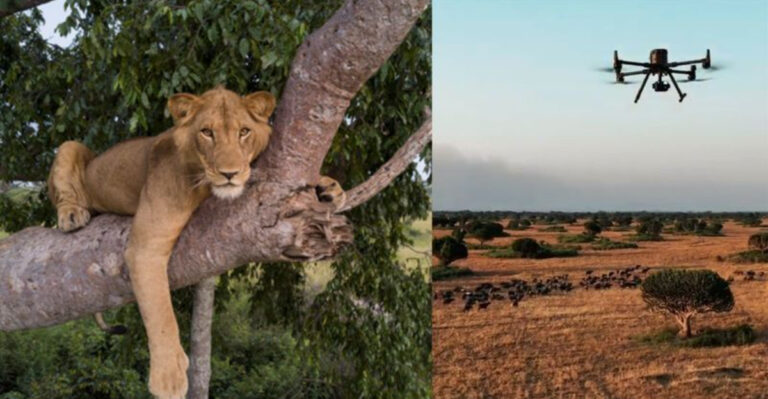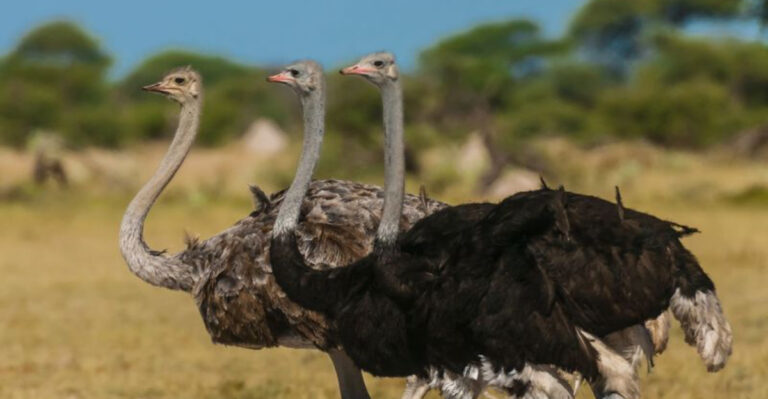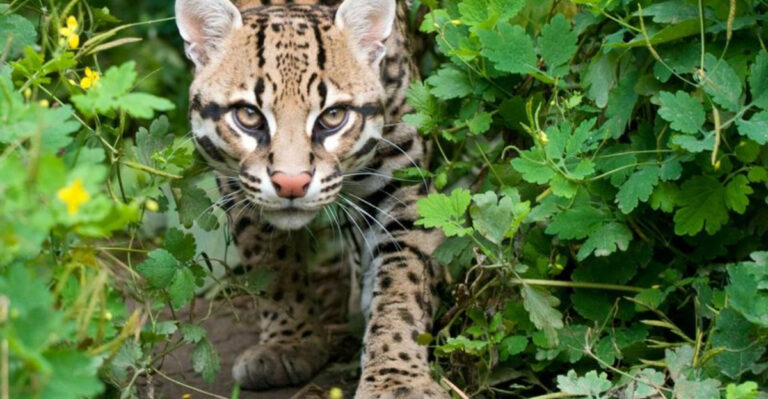10 Bear Hotspots Outside The U.S. Where You’re Likely To Encounter One
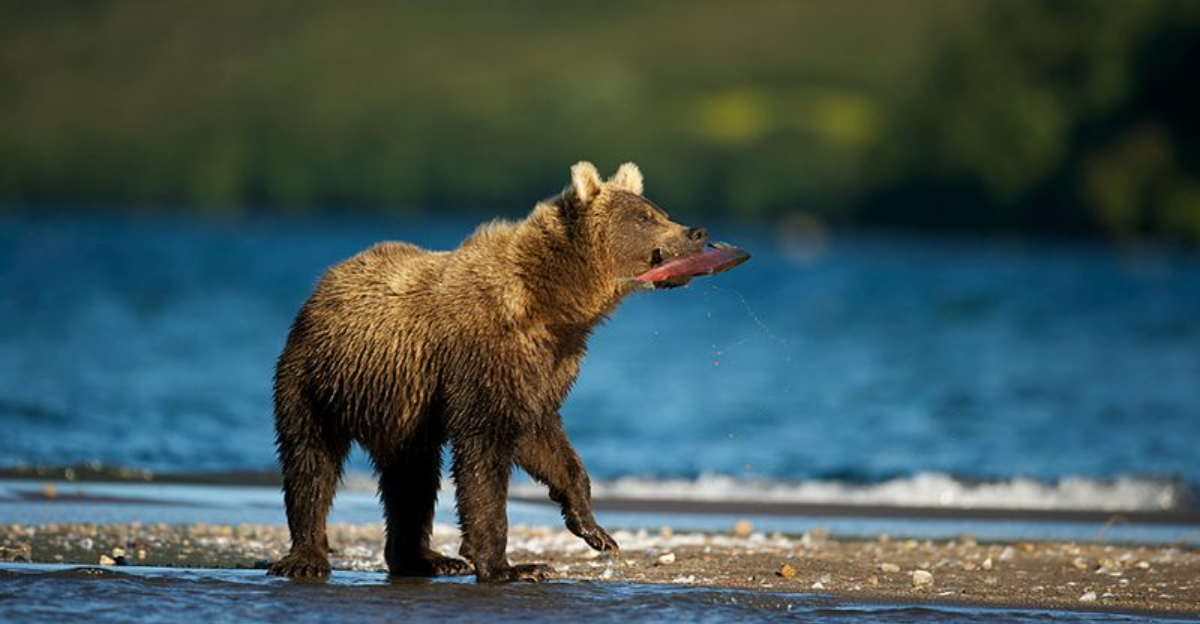
Bears capture our imagination with their power and majesty, roaming wild landscapes across the globe. From dense rainforests to rugged mountains, these magnificent creatures have adapted to various environments outside America’s borders.
If you’re hoping to spot these incredible animals in their natural habitats, these international destinations offer your best chances for an unforgettable bear encounter.
1. Canada’s Great Bear Rainforest
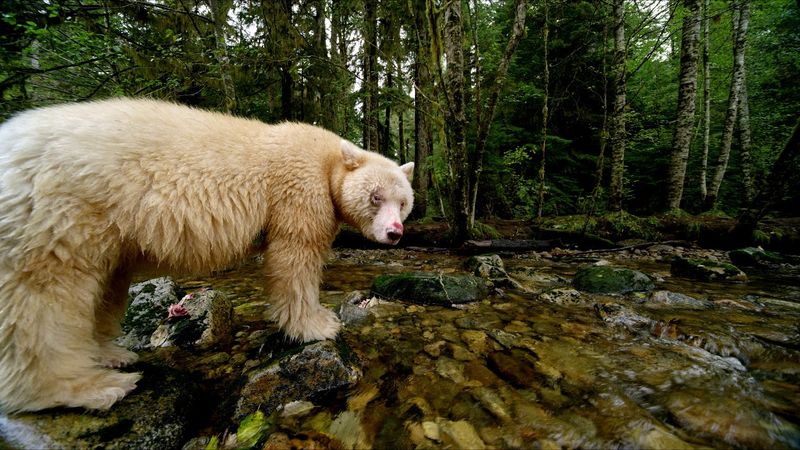
This ancient temperate rainforest stretches 250 miles along British Columbia’s coast and houses three distinct bear species. The rare white Kermode (Spirit) bear—a genetic variant of the black bear—draws wildlife photographers from worldwide.
Fall salmon runs create perfect viewing opportunities as bears gather at rivers. Local guides offer specialized tours with viewing platforms that provide safe, respectful wildlife watching.
2. Finland’s Lapland
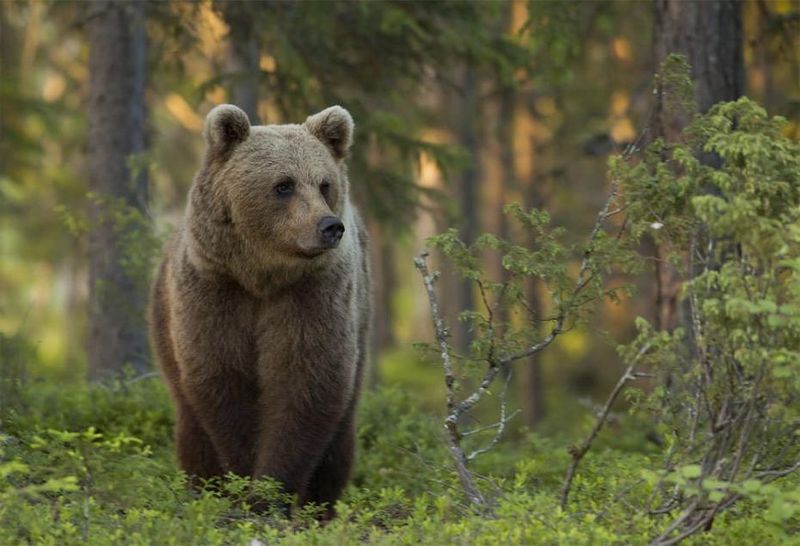
Finland’s northern wilderness harbors Europe’s largest brown bear population outside Russia. Summer’s midnight sun creates unique opportunities for evening bear watching when these normally elusive creatures become more active.
Specialized hides nestled in the taiga forest let visitors observe bears at close range without disturbing them. The bears emerge from hibernation hungry, making late spring an excellent viewing time.
3. Russia’s Kamchatka Peninsula
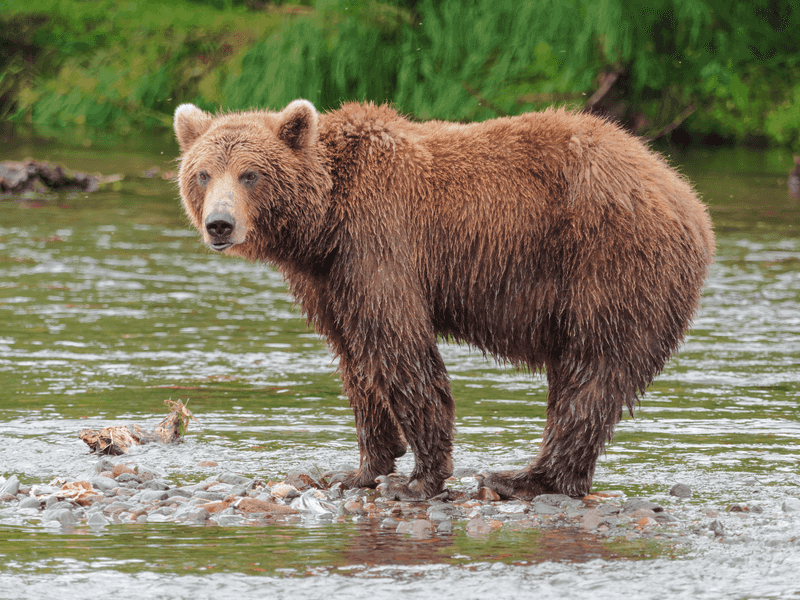
Kamchatka’s brown bears grow impressively large thanks to rich salmon runs and minimal human interference. Some males reach over 1,500 pounds—among the largest land predators on Earth!
Volcanic landscapes create stunning backdrops for bear viewing, especially around Kuril Lake. Bears here show remarkable tolerance for observers, sometimes allowing approach distances unthinkable elsewhere.
4. Sweden’s Bear Habitats in Värmland
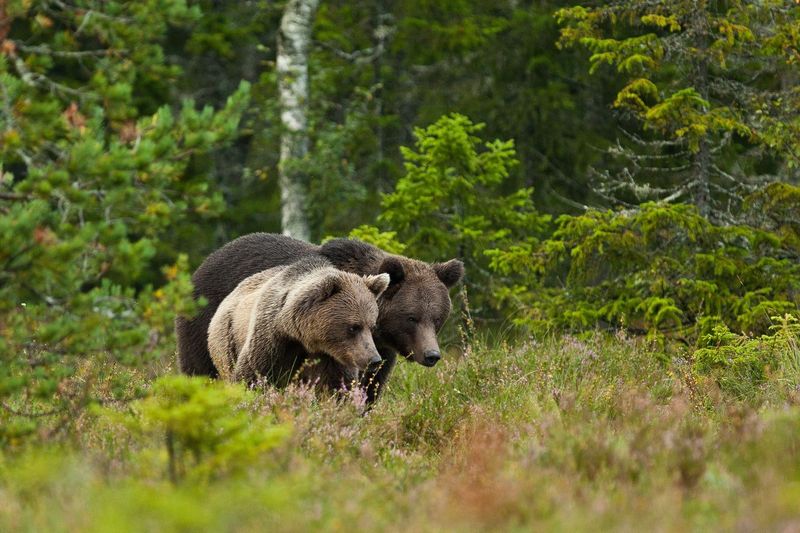
Sweden’s western forests harbor a thriving bear population that’s steadily recovered from near-extinction. Professional trackers lead small groups into prime bear territory, teaching visitors to recognize subtle signs of bear presence.
Photographing these secretive animals requires patience and specialized hides. Berry season brings bears into open meadows, increasing sighting chances during late summer adventures.
5. Alaska’s Neighbouring Canadian Wilds

The Yukon-British Columbia border region forms North America’s bear superhighway. Glacier-carved valleys create natural corridors where grizzlies travel between feeding grounds.
Kluane National Park offers spectacular viewing opportunities without Alaska’s crowds. Remote lodges provide bear-viewing platforms where visitors might witness multiple bears fishing simultaneously during peak salmon season.
6. India’s Himalayan Brown Bears
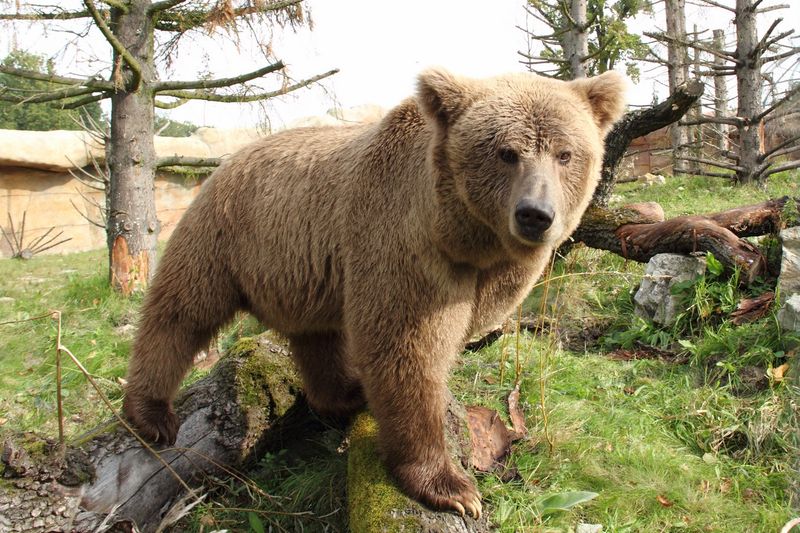
High in Ladakh’s remote valleys roams the endangered Himalayan brown bear. These honey-loving giants maintain ancestral migration routes across alpine meadows, following ancient paths largely unchanged for centuries.
Spotting these bears requires trekking above 10,000 feet with experienced guides. The bears’ distinctive shoulder hump and light-tipped fur help distinguish them from other regional wildlife during dawn wildlife surveys.
7. Bosnia And Herzegovina
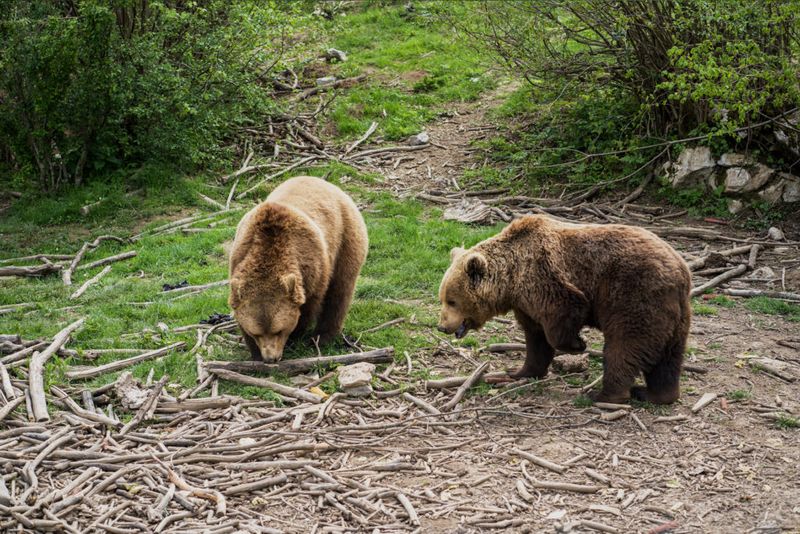
The Dinaric Alps harbor Europe’s highest density of brown bears outside Russia. Ancient beech forests provide perfect bear habitat with minimal human disturbance.
Local conservation initiatives have created specialized viewing areas near natural feeding grounds. Morning fog often reveals bears emerging from forest edges, creating magical wildlife experiences for patient observers.
8. Japan’s Shiretoko Peninsula
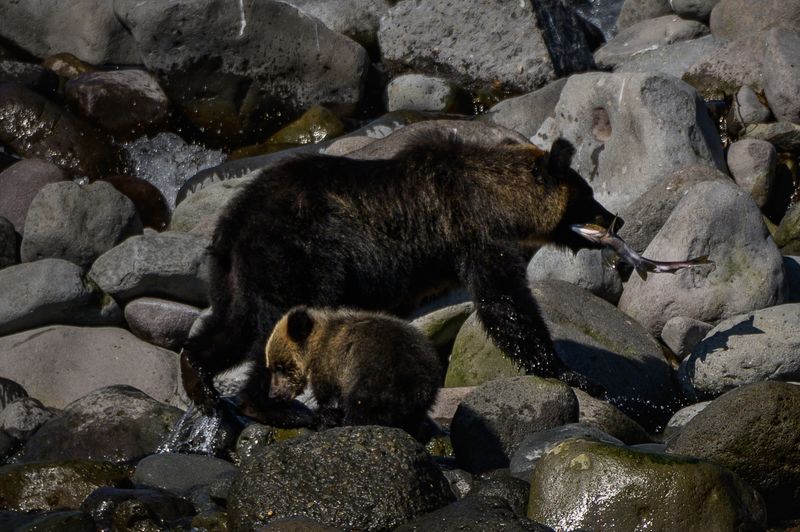
Hokkaido’s northeastern peninsula harbors Japan’s largest brown bear population. These bears, known locally as higuma, feast on salmon in crystal-clear streams flowing from volcanic mountains to the sea.
Boat tours offer safe viewing opportunities along the rugged coastline. The peninsula’s UNESCO protection status ensures minimal development, preserving critical bear habitat that’s remained unchanged for centuries.
9. Mongolia’s Altai Mountains
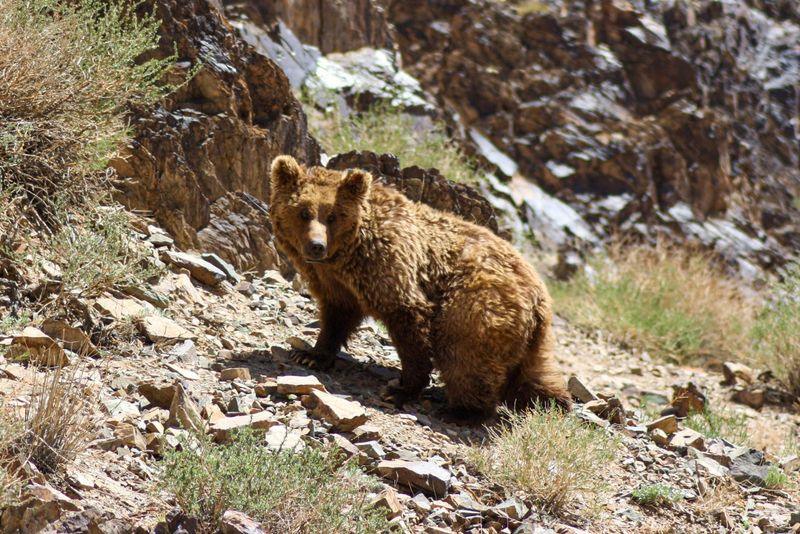
Mongolia’s remote western mountains shelter Gobi bears—among the world’s rarest bear subspecies. Fewer than 40 individuals survive in this harsh landscape where bears have adapted to semi-desert conditions.
Their extraordinary adaptations include smaller size and specialized diets. Conservation efforts include water source protection and anti-poaching patrols, giving wildlife enthusiasts rare chances to witness these remarkable survivors.
10. The Carpathian Mountains In Eastern Europe

Romania’s forests harbor Europe’s largest remaining bear population—roughly 6,000 individuals. These mountains form a wildlife corridor spanning multiple countries, allowing bears to maintain healthy genetic diversity.
Traditional shepherding practices have created a unique human-bear relationship spanning centuries. Specialized hides near forest feeding areas offer wildlife photographers exceptional opportunities to capture bears in their natural environment.


